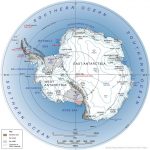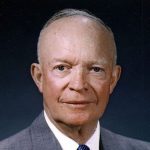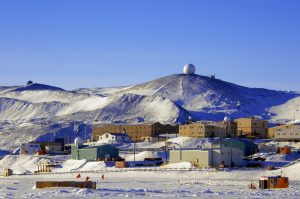
 A military-free zone…is there such a place? Most of us don’t think so, but there is, actually. In reality, I can’t imagine fighting a war in Antarctica, but the area has actually been involved in a few disputes. Since the 1800s a number of nations, including Great Britain, Australia, Chile and Norway, have laid claim to parts of Antarctica. I think mostly the purpose for most nations is scientific research, but people have also taken trips across the frozen landscape as a way to challenge themselves. Of course, they didn’t do that in the 1800s.
A military-free zone…is there such a place? Most of us don’t think so, but there is, actually. In reality, I can’t imagine fighting a war in Antarctica, but the area has actually been involved in a few disputes. Since the 1800s a number of nations, including Great Britain, Australia, Chile and Norway, have laid claim to parts of Antarctica. I think mostly the purpose for most nations is scientific research, but people have also taken trips across the frozen landscape as a way to challenge themselves. Of course, they didn’t do that in the 1800s.
Over the years, the competing claims led to diplomatic disputes and even armed clashes. In 1948, Argentine military forces fired on British troops in an area claimed by both nations. Different nations, over the years have disputed lands and fought wars over ownership, and I guess that Antarctica was no different…even if I can’t imagine fighting over a frozen piece of land that, while it is 5,400,000 square miles of land, it is largely covered with ice and snow year round. Still, it seems to me that a continent that is that big would have plenty of room for everyone, but that did not settle the disputes.
Due to the increased number and type of incidents, together with evidence that the Soviet Union was becoming more interested in Antarctica, the United States decided to propose that the continent be made a trustee of the United Nations. This idea was rejected when none of the other nations with interests on the continent would agree to cede their claims of sovereignty to an international organization. That idea didn’t really go over too well either. By the 1950s, some officials in the United States began to press for a more active United States role in Antarctica, believing that the continent might have military potential as an area for nuclear tests. It looked like something was going to have to be done. President Dwight D Eisenhower took a different approach. US diplomats, working with their Soviet counterparts, worked out a treaty that set aside Antarctica as a military-free zone and postponed settling territorial claims for future debate. There could be “no military presence on the continent, and no testing of weapons of any sort, including nuclear weapons. Scientific ventures were allowed, and scientists would not be prohibited from traveling through any of the areas claimed by various nations.” Since the treaty did not directly tamper with issues of territorial sovereignty in Antarctica, the involved 
 parties included all nations with territorial claims on the continent. As such, the treaty marked a small but significant first step toward US-Soviet arms control and political cooperation. On December 1, 1959, twelve nations, including the United States and the Soviet Union, sign the Antarctica Treaty, which bans military activity and weapons testing on that continent. It was the first arms control agreement signed in the Cold War period. The treaty went into effect in June 1961, and its policies continue to govern Antarctica to this day.
parties included all nations with territorial claims on the continent. As such, the treaty marked a small but significant first step toward US-Soviet arms control and political cooperation. On December 1, 1959, twelve nations, including the United States and the Soviet Union, sign the Antarctica Treaty, which bans military activity and weapons testing on that continent. It was the first arms control agreement signed in the Cold War period. The treaty went into effect in June 1961, and its policies continue to govern Antarctica to this day.


Leave a Reply